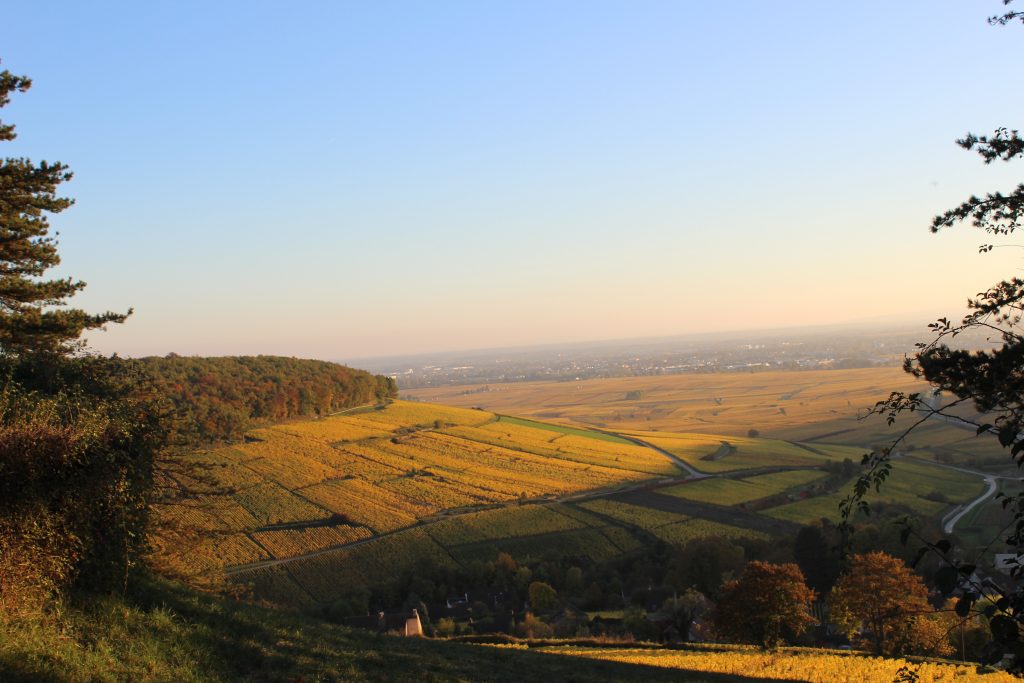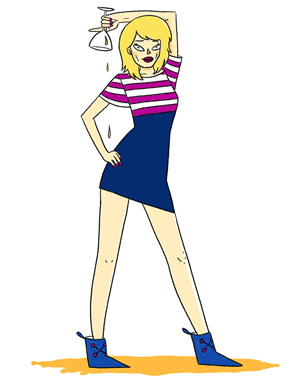
The hill of Corton is a beautiful place, among my favourite spots in Burgundy. The heart of Corton-Charlemagne is a large West facing grand cru vineyard. Here it is bathed in the setting sun, unusual in Burgundy where most top vineyard sites are more east facing. A generous slice of Le Charlemagne (and there are grand cru reds here too sans the Emperor’s suffix and unable to reach the quality of the Chardonnay), have belonged to the renowned Domaine Bonneau du Martray for the past three centuries or so. However in January Bonneau du Martray became the latest high profile domaine to fall prey to the sharp appetite of outside investors for Burgundy’s tastiest morsels. The 11 hectares of grand cru joined the wine portfolio of US entrepreneur and football club owner Enos Stanley Kroenke for a rumoured E100 mill. It follows in the wake of other grand cru, for example Clos de Lambray, which slipped into the fold of LVMH luxury goods in 2014.
As Berry Brother’s Jasper Morris remarks “it’s so much better that the recent sales are due to an abundance of success.” In the ‘30s many grand crus changed hands due to economic hardship, poor quality and lack of demand – take the upmarket example of La Tâche, scooped up by Domaine Romanée Conti.
So what are the implications for Burgundy? Spiralling land sales pose inheritance headaches. The French tax man bases land value on the last price paid for the same appellation. Hence when Château de Gevrey, with 2 hectares of vines, sold to Chinese casino director Louis Ng for E8 million, double what it was worth, Gevrey’s vignerons were wringing their hands in despair, not rubbing them with glee. Not only had they been outbid (they formed a syndicate which offered E4 mill raised to E5mill), but the value of their land had rocketed. The only winners are those who cash in and move out, but for 99% of Burgundian vignerons, running their domaine is a way of life and something to hand down to their children.
Many domaines need to expand, but with real estate prices rivalling that of prime London, purchasing vineyards on the aptly named Côte d’Or is this a pipe dream without outside investment. Some are happy to form outside partnerships, others would prefer to keep it in the family. Often domaines already have a number of shareholders given the French Napoleonic law of succession, making things sufficiently complicated.
However there is a growing trend to look south, to buy land from the Chalonnais to the Beaujolais. Beaujolais, the southern outpost of Burgundy where Gamay reigns supreme, has enticed some famous vigneron. Here are a few of the success stories.
Volnay’s husband and wife team Frederic and Chantal Lafarge have diversified to make delicious wine from old Gamay vines in Fleurie. “We want to make terroir wine, not Gamay,” says Chantal.
Domaine Lafarge-Vial, Fleurie, Clos Vernay 2014 has singing minerality from the granite soil.
Up and coming Marc-Antonin Blain has spread his wings from Chassagne. 2014 is his first vintage in the Beaujolais where he was able to purchase some vines from a friend of his grandmother’s.
Beaujolais, Côte Jumeaux, 2014 is an elegant wine grown on blue granite soil with a vein of clay. Silky, juicy with red cherry fruit and so smooth.
Louis Boillot et Fils, father and son Clement, were lured by the granitic soils of Moulin a Vent as was Thibault Liger-Belair the larger than life Nuits-Saint-‘Georger’.
Domaine Louis Boillot et Fils, Moulin a Vent, Brussellions 2014 is silky and bright with a fresh and energetic finish.
Domaine des Pierres Rose, Moulin-a-Vent, La Roche 2015 is an opulent, juicy wine from pink granite. 2015 was a seriously warm vintage in the Maconnais producing large, generous and forthcoming wines, not unlike the owner Thibault Liger-Belair. No denying it, there is a heady indulgence of alcohol here, but the wine retains freshness, helped in part by the parcel’s situation towards the top of the hill near the windmill.
So, is the traditional family domaine under threat from high land prices? Burgundy is enjoying a period of enormous success. It seems to have become the epicentre of the fine wine world with collectors keen to snaffle the best for their cellars. The quality is good and demand exceeds supply. With an imaginative approach, most will find a way. It’s perhaps inevitable that some big prizes will be picked off, but the wily domaines will capitalise on the opportunities.
So what about us – the Burgundy lovers? The price of the many premier cru may have rocketed beyond everyday drinking, but is it still possible to buy Burgundy to drink for supper? Of course it is! Look to the lesser know villages on the Côte d’Or – head north to Marsannay & Fixin or south to Saint Romain, Auxey Duresses and Maranges.
And here’s the thing – the gloriously warm 2015 vintage has delivered fruity Bourgogne in both colours. You can safely venture into areas that can struggle with ripeness in a cooler year… so go forth and buy delish Bourgogne, Hautes-Côtes de Nuits and Hautes-Côtes de Beaune and enjoy Burgundy on a ‘budget’.
This hits the spot for me. Domaine Michel Gros, Bourgogne Blanc, Hautes Côtes De Nuits, Fontaine St Martin 2015 has a spicy, rich palate underscored with a cold bite of minerality.

